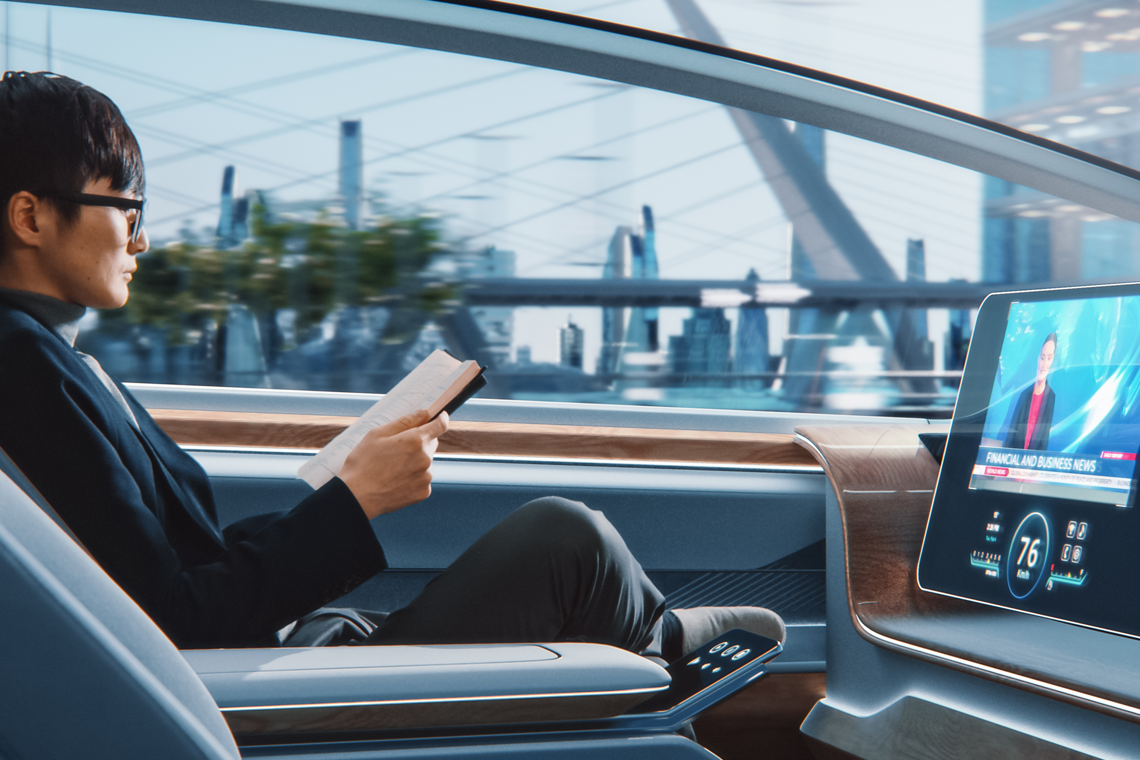Automotive
Self-driving vehicle accessibility.
By
Julian Brinkley, PhD, PMP
Published
07.19.2022
Domain
Autonomous Vehicles
Self Driving Cars - Benefits
Fully autonomous or self-driving vehicles have the potential to revolutionize personal mobility. Compared to traditional motor vehicles, autonomous vehicles offer a number of advantages that could prove especially beneficial for older adults and persons with disabilities. For example, autonomous vehicles can be summoned on demand and do not require the operator to possess a driver’s license which is exactly why self driving vehicle accessibility is much higher than that of conventional vehicles.
This flexibility can increase access to cancer treatment and other healthcare services for individuals who cannot, or are reluctant, to drive. In addition, autonomous vehicles can be equipped with features that make them accessible to persons with a broad range of disabilities, such as wheelchair lifts and accessible controls making them the perfect self driving cars for disabled. As autonomous vehicle technology continues to develop, it has the potential to improve the lives of many individuals by increasing access to essential services.
Despite the potential, our prior research has shown that the self-driving vehicle of the future is being designed around the driver of the present, who in all cases has the physical and cognitive ability to manipulate a vehicle’s manual controls. This is in contrast to the operator of the future who might be blind, elderly, or otherwise reluctant to manually operate a vehicle.
The inability to drive has also been associated with a lower perception of quality of life, specifically reduced social engagement, and the loss of personal independence. While older adults and persons with disabilities may disproportionately benefit from advances in vehicular automation, our research suggests that they are not being adequately considered in the design of self-driving vehicles even though self driving vehicle accessibility has such a high potential when it comes to people with disabilities. This needs to change in order to ensure that these vehicles are accessible to all users, regardless of their ability level.
Our prior research has shown that while older adults and persons with visual disabilities are optimistic about the potential of advanced vehicle technologies, there are significant concerns about safety, the in-vehicle experience, and accessibility.
We argue that the Human-Machine Interfaces (HMI) of this technology must evolve
HMIs must evolve beyond what has been designed for use by the “ideal” driver, and instead take a universal approach that tailors the in-vehicle experience to the needs of a broad range of users.
This approach would ensure that everyone has the ability to safely and effectively use these technologies. In addition, it would improve the in-vehicle experience for all users, making it more enjoyable and efficient. Ultimately, this would lead to wider adoption of these technologies, which would have numerous benefits for society as a whole.
As our population ages, it is becoming increasingly important to design vehicles that are accessible for older adults and persons with disabilities. Self-driving vehicles have the potential to provide greater independence for these groups, but there is a significant amount of work that must be done for this potential to be realized.
Contact us for help with your next autonomous vehicle project.
